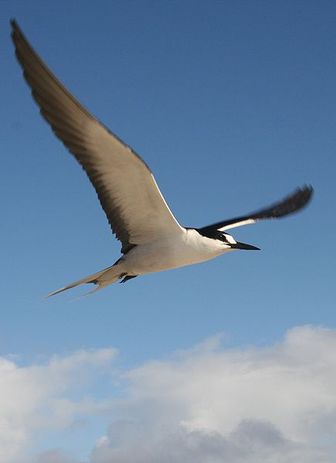Pelagic zone

Facts about Pelagic zone
Pelagic Zone consists of two members of Hamburg's jamrockfunkers
CAPTAIN OBVIOUS and two members of the now defunct East Frisian jam
band NEW MOON SYNDICATE. We have been rehearsing regularly for some
months now and things are finally shaping up.
The pelagic zone of the
ocean begins at the low tide mark and includes the entire oceanic
water column. The pelagic ecosystem is largely dependent on the
phytoplankton inhabiting the upper, sunlit regions, where most ocean
organisms live.
" The pelagic zone can be
thought of in terms of an imaginary cylinder or water column that goes
from the surface of the sea almost to the bottom, as shown in the
diagram on the right.
The open ocean, or pelagic zone, is the area of the ocean outside of
coastal areas, and where you’ll find some of the biggest marine life
species. The sea floor (demersal zone) is not included in the pelagic
zone.
The pelagic zone occupies 1,370 million cubic kilometres (330 million
cubic miles) and has a vertical range up to 11 kilometres (6.8 miles). Fish that live in the pelagic zone are called pelagic fish.
Pelagic life decreases with increasing depth.
In deep water the pelagic zone is sometimes called the open-ocean zone
and can be contrasted with water that is near the coast or on the
continental shelf.
The pelagic zone is the part of the open sea or ocean that is not near
the coast or sea floor. The name comes from the Greek πέλαγος (pélagos),
which might be roughly translated as "sea" but is more accurately
translated as "open sea.
Pelagic zone Information
427 words, approx. 1 pages
The pelagic zone (from Greek πέλαγος pélagos) is also known as the
open-ocean zone.
pelagic zone is concentrated in near-surface waters.
The open ocean, the pelagic zone, includes all marine waters throughout the …
Zonation
of the ocean.
The pelagic zone is the second deepest zone and is basically what
is known as open ocean.
The pelagic zone refers to the open ocean or deep sea and is
divided by oceanographers into five distinct layers, according to
depth: 1) epipelagic (ocean surface to 656 feet); 2) mesopelagic
(656-3,281 feet); 3) bathypelagic (3,281-13,124 feet); 4)
In contrast, the pelagic zone is the descriptive term for the
ecological region above the benthos, including the water-column up to
the surface.
The pelagic zone (also known as the open-ocean zone) is further
divided into a number of sub-zones, based on their different
ecological characteristics (which is roughly a function of depth):
* Epipelagic (from the surface down to around 200 m) - the
The pelagic zone is the part of the open sea or ocean comprising the
water column, i.e., all of the sea other than that near the coast or
the sea floor.
The pelagic zone is further divided into a number of sub-zones, based
on their different ecological characteristics (which is roughly a
function of depth):
* Epipelagic (from the surface down to around 200 metres) - the
